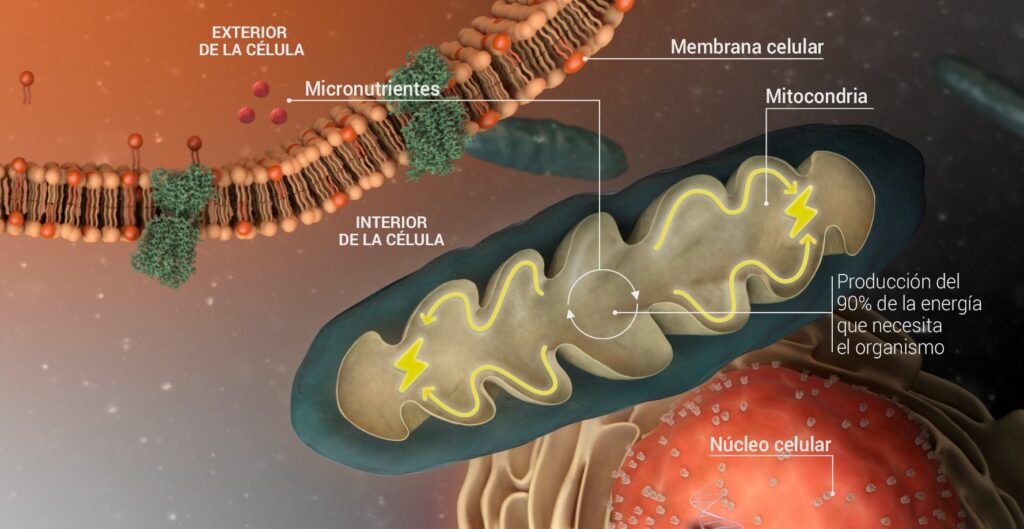Researchers at the Karolinska Institute in Sweden have discovered a promising new approach to treating obesity and its associated disorders by focusing on the mitochondria, the cell’s energy powerhouse. Their recent publication in Nature Metabolism titled “Inhibition of mammalian mtDNA transcription acts paradoxically to reverse diet-induced hepatosteatosis and obesity” outlines how certain drugs designed to inhibit mitochondrial function can effectively reverse conditions such as obesity, fatty liver, and diabetes in mouse models.
Historical Context and Evolution of Mitochondrial Research
The idea of targeting mitochondria to treat obesity is not new. As early as the 1930s, over 100,000 individuals were treated with a compound known as dinitrophenol (DNP), which significantly increased metabolic rate and reduced obesity. However, due to severe side effects, DNP was discontinued as a viable treatment. Another compound, Metformin, has been shown to inhibit oxidative phosphorylation (OXPHOS), hinting at the potential of mitochondrial targeting. Inspired by these findings, the researchers explored the link between the metabolic effects and anti-cancer potential of drugs that inhibit mitochondrial functions.
Breakthrough in Drug Development
Led by Professor Nils-Göran Larsson, the research team at Karolinska developed highly specific drug candidates that block mitochondrial function to treat cancer. These drugs, by curtailing cellular energy production, have now been shown to have remarkable effects on metabolic conditions. In their study, obese male mice fed a high-fat diet were orally administered these inhibitors, leading to significant improvements in their metabolic health.

The Study’s Findings
The study focuses on the role of the oxidative phosphorylation system in mammalian mitochondria, crucial for converting energy from nutrients into usable cellular energy. “The oxidative phosphorylation system in mammalian mitochondria plays a key role in transducing energy from ingested nutrients,” the researchers noted. “Mitochondrial metabolism is dynamic and can be reprogrammed to support both catabolic and anabolic reactions, depending on physiological demands or disease states. Rewiring of mitochondrial metabolism is intricately linked to metabolic diseases and promotes tumor growth.”
With the administration of an inhibitor of mitochondrial transcription (IMT), the researchers observed a shift in whole-animal metabolism towards fatty acid oxidation. This shift led to rapid normalization of body weight, reversal of hepatosteatosis, and restoration of normal glucose tolerance. Proteomics and metabolomics analyses revealed a severe reduction in oxidative phosphorylation capacity coupled with a significant increase in fatty acid oxidation in the liver.
Impactful Results and Future Directions
Postdoctoral researcher Taolin Yuan described the treatment’s impact, stating, “Four weeks of treatment led to an unexpected increase in fat metabolism, resulting in drastic weight loss, a reduction in fat accumulation in the liver, and restored glucose tolerance.” This points to a significant breakthrough in how metabolic diseases like obesity and type 2 diabetes could be treated in the future.
Professor Larsson expressed optimism about these findings. “It’s exciting that we have identified a new potential strategy for treating common diseases like obesity and type 2 diabetes,” he said. The team is eager to delve deeper into the mechanisms behind the drug’s effects and has initiated a collaboration with a biotech company to explore the potential for human treatment. However, Larsson cautioned that “it will be many years before we know if it works in humans.”
Conclusion
This study not only revisits the concept of targeting mitochondrial function to treat metabolic disorders but also provides a new angle with its use of modern, specific inhibitors that could offer a safer and more effective treatment option compared to historical methods. As obesity and diabetes continue to pose significant health challenges globally, these findings could pave the way for groundbreaking treatments that benefit millions of individuals struggling with these conditions.




